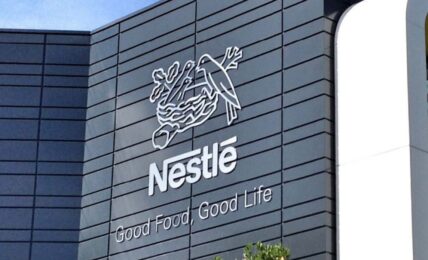Apple announced significant progress towards its goal to decarbonize its value chain, including revealing that more than 320 suppliers – representing 95% of the company’s direct manufacturing spend – have now committed to use 100% renewable energy for Apple production by 2030, up from around 250 suppliers last year.
Emissions from the product manufacturing represents nearly two thirds of Apple’s carbon footprint, with electricity use as the single largest contributor. Addressing these emissions forms a major part of the company’s strategy to achieve its ambition to become carbon neutral across its entire business, manufacturing supply chain, and product life cycle by 2030, a goal set by the company in 2020.
In October 2022, Apple urged its supply chain to decarbonize their entire Apple-related Scope 1 and 2 emissions footprint, and notified suppliers that progress towards these goals would be one of the key criteria considered when awarding business. Since that time, the use of clean energy in Apple’s supply chain has grown rapidly, reaching 16.5 GW currently, up 20% over last year, and more than 55% higher than 2022.
Apple said that its supply chain generated more than 25.5 million MW of clean energy last year, avoiding over 18.5 million metric tons of carbon emissions.
In addition to its supply chain, Apple also announced initiatives towards its goal to address the greenhouse gas emissions associated with customers using their devices by matching the electricity used by customers to charge their devices with clean electricity by 2030. Product use accounts for 24% of Apple’s carbon footprint. To help address use-of-product emissions, Apple said that it is currently investing in in a portfolio of solar projects across Michigan, anticipated to bring 132 MW of clean energy online later this year, and that it has partnered with solar developer ib vogt in Spain on an investment that will generate 105 megawatts of solar power by the end of the year. The company has previously announced clean energy investments in Australia and Texas aimed at addressing customers’ electricity use.
Apple also said that it has advanced towards its 2030 goal to replenish 100% of the fresh water used in corporate operations in high-stress locations, with the company launching new partnerships to deliver nearly 7 billion gallons in water benefits over the next 20 years, including restoring rivers and aquifers, and funding access to drinking water. Apple launched a Supplier Clean Water program in 2013, which the company said has saved 76 billion gallons of water in its supply chain to date, including 12 billion gallons last year.
Lisa Jackson, Vice President of Environment, Policy, and Social Initiatives at Apple, said:
“Clean energy and water are foundational to healthy communities and essential building blocks for a responsible business. We’re racing toward our ambitious Apple 2030 climate goal while taking on the long-term work to transform electrical grids and restore watersheds to build a cleaner future for all.”



